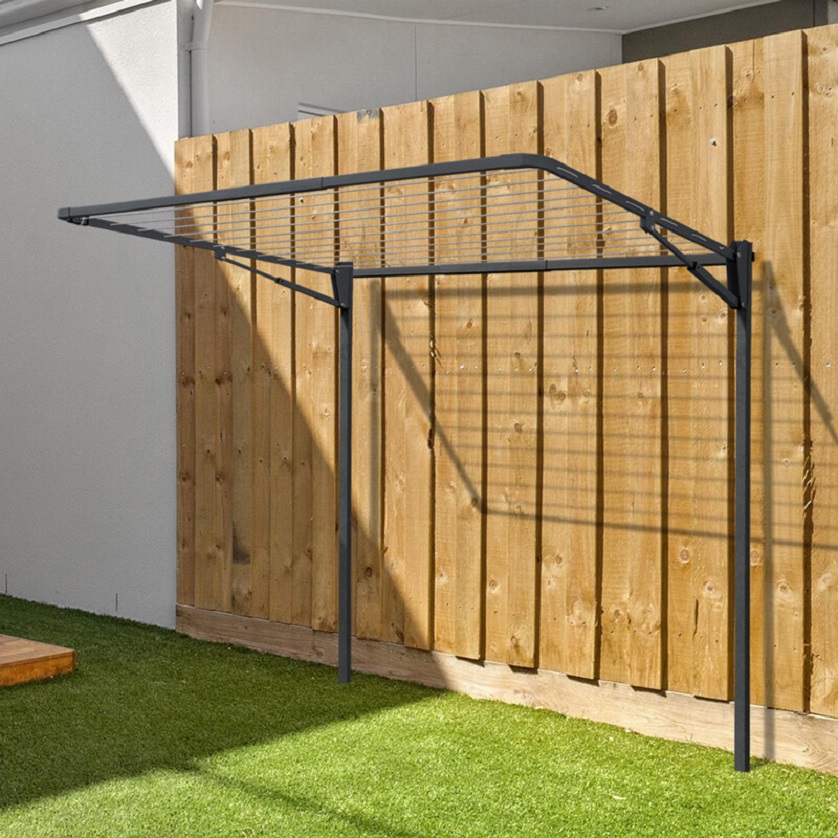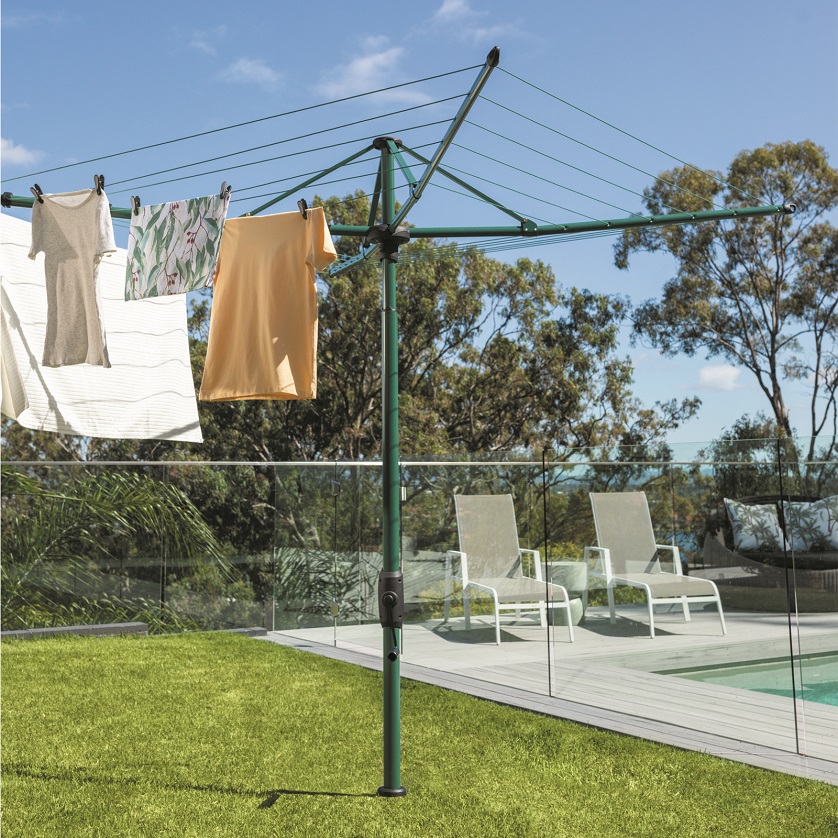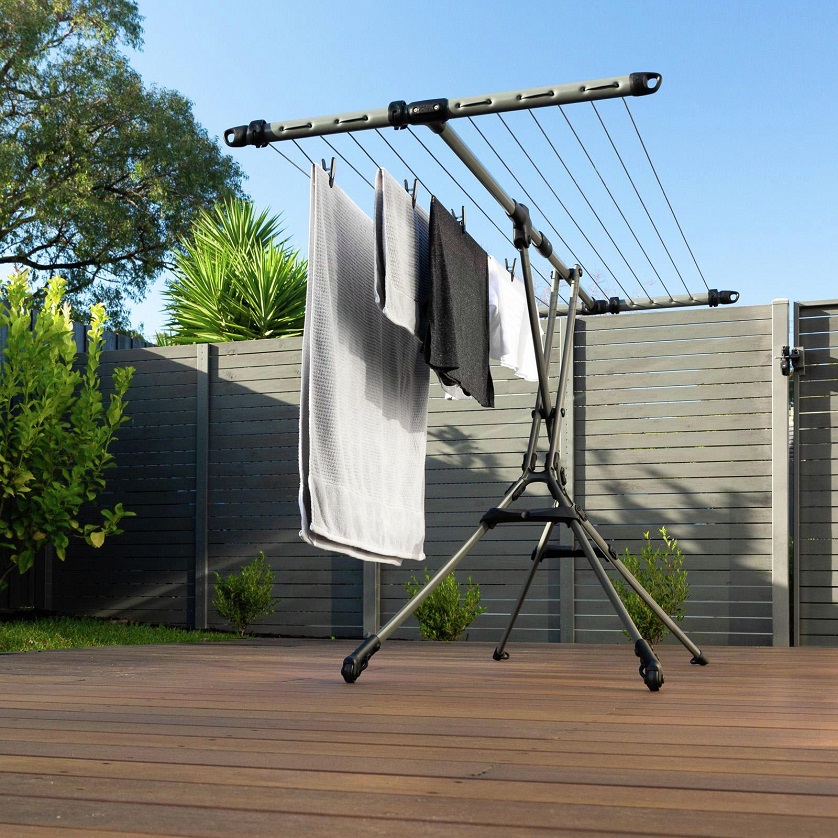Thinking of changing the predominantly sedentary lifestyle to get more sunshine and boost your vitamin D to improve your sleep and overall health? It’s easier than you might imagine, and no you don’t even have to leave your home to do so. All it takes is drying your laundry the old-fashioned way – with a reliable clothesline outside.
Don’t worry, even if you don’t have that spacious of a home with an outdoor space that’s the envy of the neighbourhood, you could still make the most of this practice, and it’s all with the help of a convenient fold down clothesline that’s compact enough yet can still suit your family drying needs.
Air drying is the way to go when you want to cut down on your carbon footprint, save up on energy bills, and contribute to the environment. What’s more, in addition to getting a nice tan, there’s something relaxing about hanging laundry items one by one. If you haven’t thought of this activity as therapeutic, you might as well give it a try.
Contents
What Makes a Good Clothesline?
One that’s available in a range of colours, as well as sizes, is a good start to counting on a successful shopping experience. Variety is a property that indicates the design is the perfect solution for a backyard as much as a courtyard, and even a balcony. A great design is also one that allows you flexibility with the mounting option considering it’s equally fit for a brick wall and a fence installation.
Being a prudent shopper, you might also come across a design that goes a step further in flexibility with the ability to be shortened in width and depth to suit your wall spacing and position, besides paying attention to where it would fold. It’s all about finding the ideal solution in the form of a fold down clothesline that ticks all the boxes of your home’s spatial and drying needs.
What Are the Different Types of Clotheslines?
I already mentioned the most common and popular type, the fold-down, and it’s easy to see why it’s gotten the spotlight over the years if we consider the aforementioned properties. But it’s certainly not the only type, and if you have more outdoor space to afford for this addition, or are looking for more than what the fold-down has to offer in terms of add-ons, you also have:
The Grounded

This is different from the mounted only in it that it’s grounded and not installed on the wall. In other words, it’s the one that also takes up some floor space, so it’s more suitable for bigger spaces. It is the same as the wall-mounted clotheslines in the retractable line. The choice boils down to how much compactness it is you require, and the space available for the installation.
The Fixed

This is the traditional clothesline you can find in most Australian homes, and it’s typical for the rotary head. Even though it’s not as convenient as the foldable clothesline in the contracting, it has a perk of its own – it spins, so you do have a say in its positioning. This means when the wind blows, it can spin the clothes and dry them up faster, so you can use up the wind power to your advantage.
It also gives you more flexibility when hanging the clothes as you can move it without having to move yourself. Some designs even provide further benefits in that the head can be raised to your convenience. If you do get one of these, be sure to consider the available space as you may end up cramming it, given that they can take up to 4 or 6 m.
The Portable

If you’re in need of a design that can be used both indoors and outdoors, this is the type to get. There are again models of different sizes so you can choose the one that best suits your laundry and spatial needs. To make the most of the purchase, it’s advisable to get a portable model that’s foldable at the same time so you can count on easy storage when you don’t use it.
This type allows you to maximise the use of the clothesline beyond the warm and pleasant weather and assists you with not having to rely on a dryer even in autumn and winter. Rain can be a problem with the outdoor mounted and grounded clotheslines if you don’t have the chance to install a cover over them.
However, there are some drawbacks to air drying clothes indoors, like affecting the quality of air and increasing the chances for mould infestation. If you do end up choosing this one, and you plan on using it inside the home, make sure to add it around an air draft or open up a nearby window when the weather is dry.











